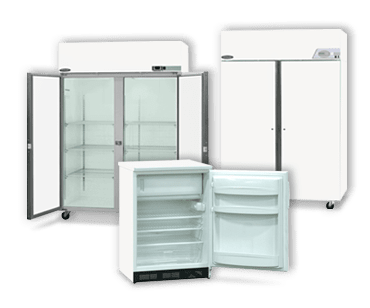Next, think about the size you'll need. Laboratory freezers come in various sizes, so it's important to assess your available space and how much storage you'll actually require. A small lab might benefit from an under-counter model, while larger facilities might need a stand-alone unit. It’s all about finding the right balance between space and capacity.
Temperature stability is another key factor. Look for models that offer consistent cooling and reliable temperature control. Features like alarms for temperature fluctuations can be incredibly helpful in avoiding potential sample loss. And don’t forget energy efficiency! A model that uses less power can save you money in the long run while still keeping your samples safe.
Lastly, consider any additional features that might enhance usability and safety. Things like locking mechanisms, clear interior lighting, and adjustable shelving can make a big difference in your daily workflow. By following this laboratory freezer buying guide, you'll be in a better position to pick a freezer that suits your lab's needs without any headache.
Key Features to Look For
When diving into the laboratory freezer buying guide, there are some key features that can make your life a whole lot easier. Here are a few important points to consider:
With these key features in mind, you're well on your way to making a smart choice. This laboratory freezer buying guide should help you feel confident in your decision!
Size Matters for Your Space
When shopping for a laboratory freezer, one of the first things to consider is size. Understanding how much space you have available is essential to making the right choice. A freezer that’s too large will take up unnecessary room, while one that’s too small won’t meet your needs. So, let’s break down what you should think about.
Start by measuring your available space. Take into account both the floor space and the height. Many freezers come in different sizes, from compact units that can fit under countertops to larger standalone models. Here are a few things you might want to consider:
One more important tip: pay attention to the freezer’s orientation. Some models open from the front while others might have a top lid. Depending on your lab setup, one might be more convenient than the other. By factoring these elements into your decision-making, you’ll find the right fit for your laboratory without any hassles.
Armed with this info from our laboratory freezer buying guide, you’ll be better equipped to choose a freezer that suits your needs and fits seamlessly into your lab. Happy shopping!
Maintaining Your Laboratory Freezer
Next, keep the interior clean and organized. A cluttered freezer can obstruct airflow and affect temperature regulation. Use clear, labeled bins or boxes to store samples, so you can quickly find what you need without leaving the door open for too long. Also, it’s wise to defrost the freezer if you notice ice buildup; this will help maintain optimal performance.
Don’t forget about the exterior, too! Dust and debris can accumulate on the coils, leading to inefficient cooling. A quick wipe-down every few months can help avoid this issue. If your laboratory freezer operates with a compressor, listen for unusual noises; these can indicate an issue that might need professional attention.

